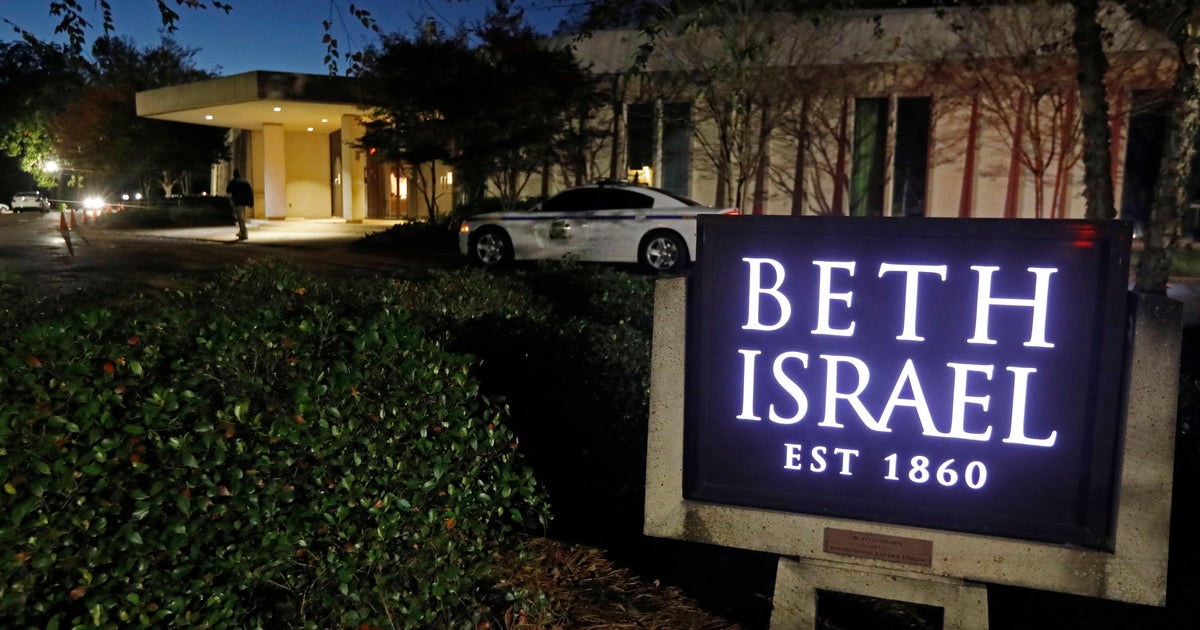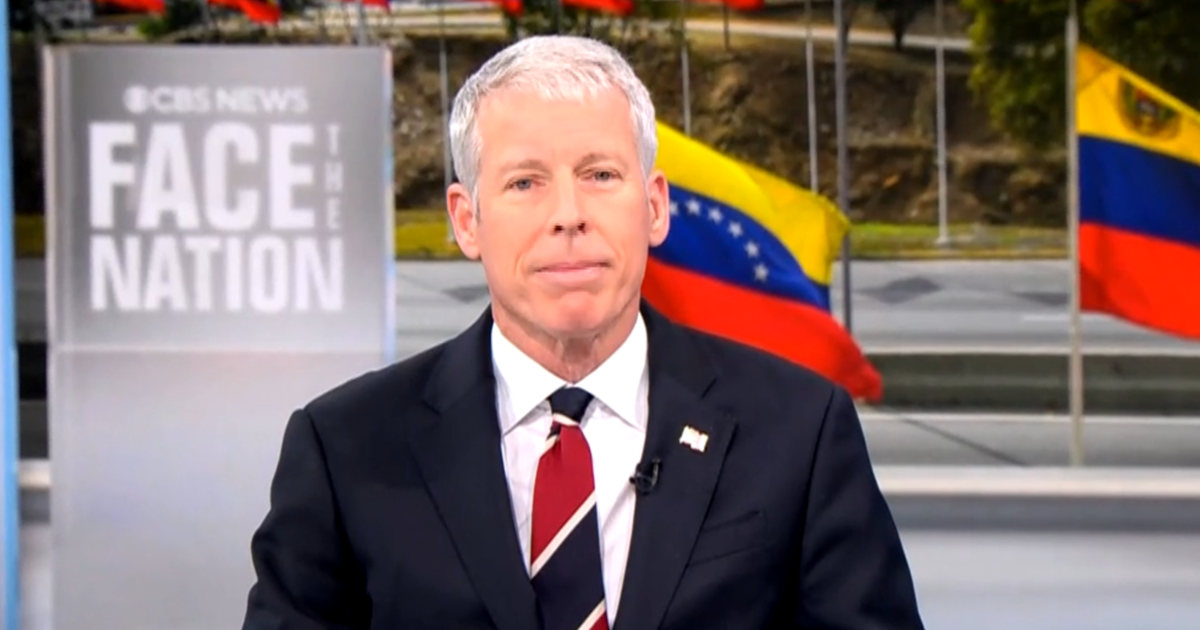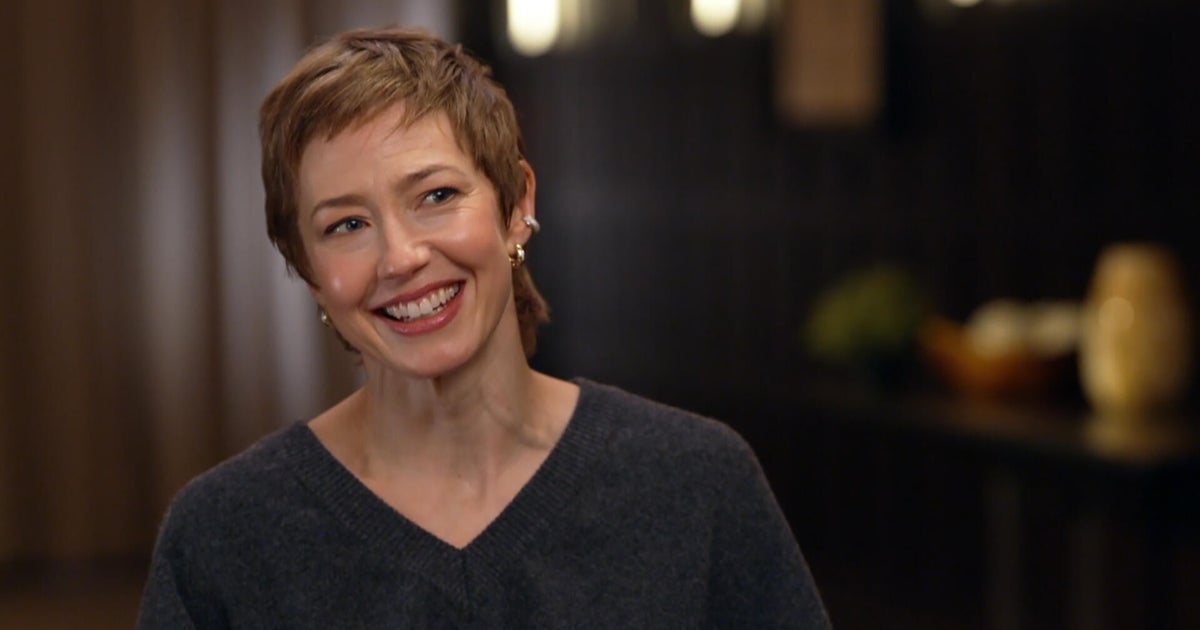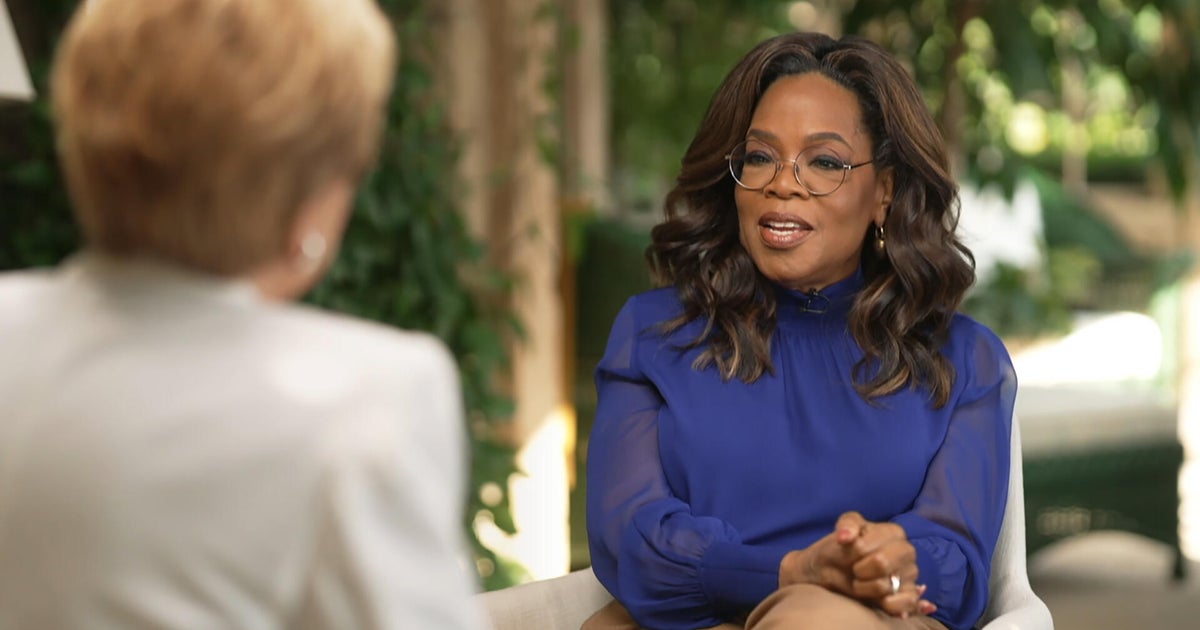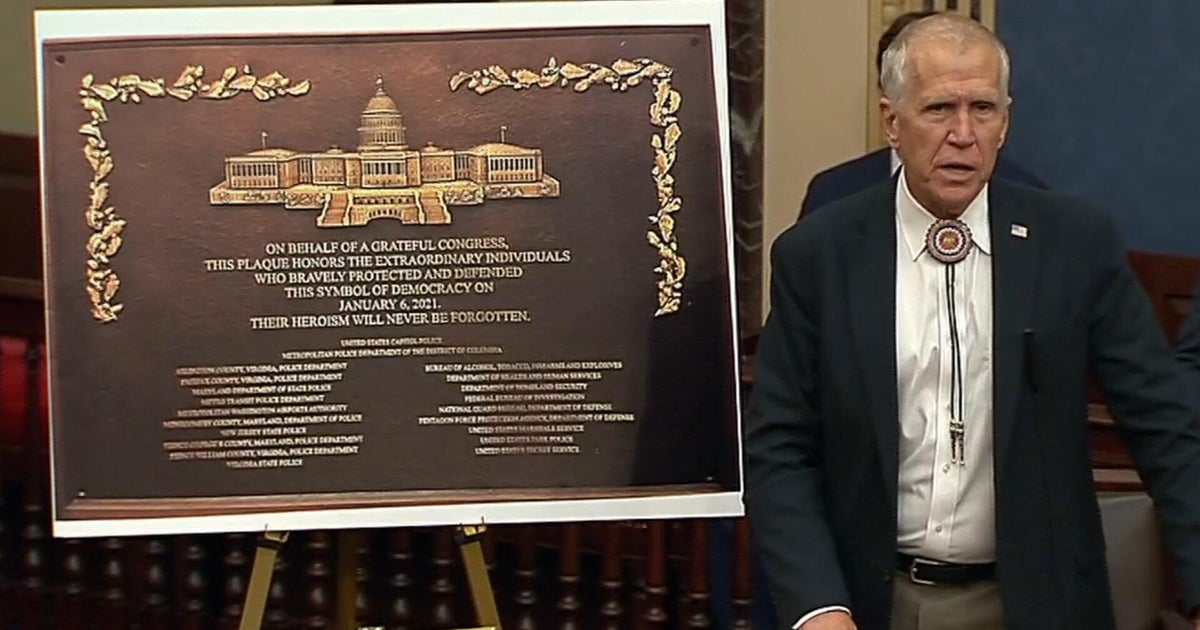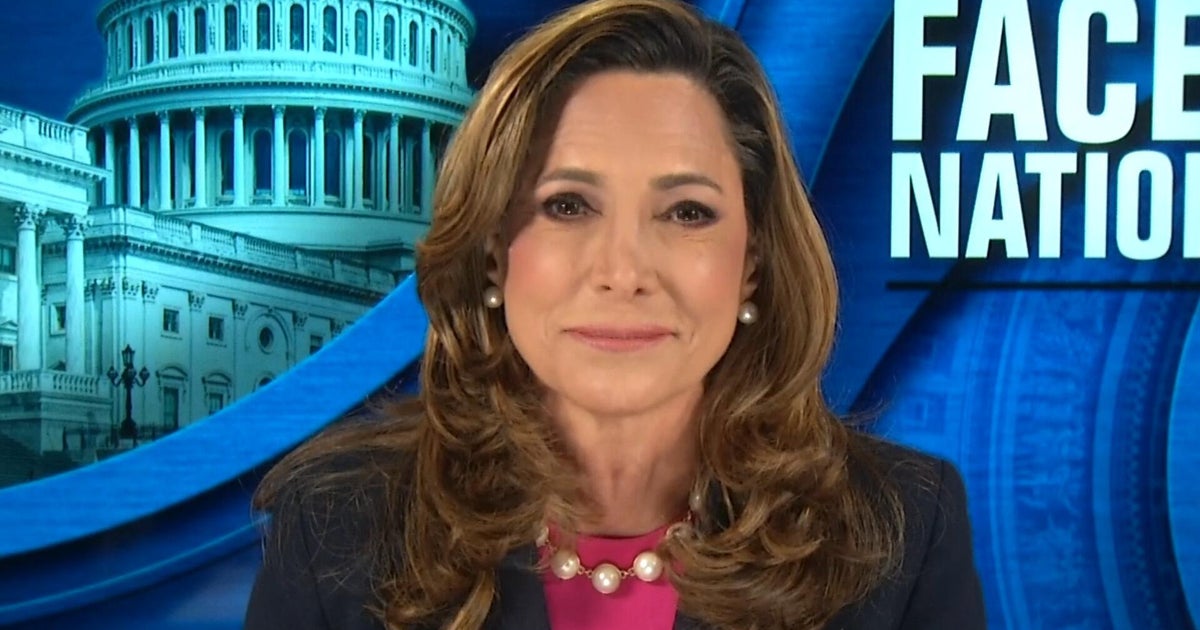Australia’s climate target for 2035 is set to include business sweeteners, as Climate Change Minister Chris Bowen acknowledges many industries will be challenged by the transition to an “ambitious and achievable” goal.
The Commonwealth’s independent Climate Change Authority has handed its climate target report to Bowen and is understood to have recommended a 65 to 75 per cent cut by 2035. The government will announce the emissions reduction target by Thursday afternoon after federal cabinet signs off on the goal at a meeting in Sydney.

Climate Change and Energy Minister Chris Bowen.Credit: Alex Ellinghausen
Environment and climate advocates want the government to commit to an emissions reduction of at least 75 per cent, declaring it the minimum requirement for Australia to do its fair share on global warming under the Paris Agreement.
However, members of peak lobby group the Business Council of Australia are split over how high the government should set its goals. Some corporations, such as banks and telcos, favour strong emissions reduction in the range of 75 per cent by 2035, while others, in heavy industries like transport and mining, are pushing for less ambitious goals.
Loading
Bowen said the law requires the government to commit to the most ambitious action it can achieve.
“It requires the government to consider the Climate Change Authority advice, and it requires the Climate Change Authority as a matter of law to consider the science and the need to hold the world as close as possible to 1.5 degrees warming.”
Bowen said on Wednesday that the government wanted to ensure its goals were realistic and created opportunities for business growth. The government announced on Tuesday night a $1 billion commitment to help commercialise local production of low-carbon fuels, to help the transport industry cut emissions from industries such as aviation and heavy haulage.
“When we come to announce our 2035 targets, it will be ambitious and achievable, and part of the achievable end is showing Australians what our plans are... how we can create jobs and lower emissions at the same time.”
Treasurer Jim Chalmers joined Bowen in Brisbane on Wednesday to announce the government’s clean fuels funding, promising the target would be “responsible and considered”.
“It will be all about an orderly transition because that’s what’s best for our economy and for the environment and when it comes to our obligations to future generations.”
Chalmers exploited days of dispute over net zero in the Coalition, saying “the Liberal Party is run now by this weird collection of cookers and crackpots and nowhere is that more obvious than when it comes to net zero”.
On Monday, West Australian senator Andrew Hastie said he expected he’d quit the front bench or lose his job if the Liberal Party reaffirmed its commitment to net zero by 2050. But on Wednesday, he conceded in an interview with Sky that “most of my colleagues, in fact, don’t support my position, so I’m in the minority”.
Opposition leader Sussan Ley told a business lunch in Melbourne on Wednesday she welcomed the debate among colleagues over net zero.
“I love it when people have strong views and express them because they’re coming from the people they’re listening to,” she said, adding that she ruled out embracing net zero without conditions.
Loading
“We will not have net zero at any cost because the cost can be too high. And right now, it looks like the cost is too high when you consider what this government is about to do with its Paris targets.”
Noting that Coalition energy spokesman Dan Tehan was leading a review of the net zero policy, Ley said the opposition would be informed by “two fundamental themes”.
“That we must have a stable, reliable energy grid to deliver affordable energy for households and businesses, and that we will play our role in reducing emissions in a responsible and transparent way,” she said.
When the Labor Party unveiled its 2030 climate target to cut emissions 43 per cent during the 2022 election, it cited the support of the business council as a major selling point.
Loading
But earlier this month, the council released modelling commissioned from consultancy firm McKinsey that a 70 per cent target by 2035 would require between $435 billion to $530 billion in spending on green projects, subsidies and other measures.
Australian Industry Group chief executive Innes Willox said while the government’s strategy to reach its 2030 climate target largely relied on replacing coal plants with renewable energy, achieving its 2035 target would hinge on other industries that will need assistance in cutting emissions.
“The next national target won’t be achievable unless emissions can be cut well beyond the electricity generation sector, and industry will have a part in that. It will require full-spectrum supportive policies,” chief executive Innes Willox said.
Under the Paris Agreement on climate change, countries are required to set increasingly ambitious targets every five years, and Australia is due to submit its goal before the United Nations’ next climate summit, known as COP30, to be hosted by Brazil in November.
This is viewed as a crucial move to boost Australia’s chances of delivering the government’s commitment to bring COP31 summit to Adelaide next year.
Cut through the noise of federal politics with news, views and expert analysis. Subscribers can sign up to our weekly Inside Politics newsletter.
Most Viewed in Politics
Loading

